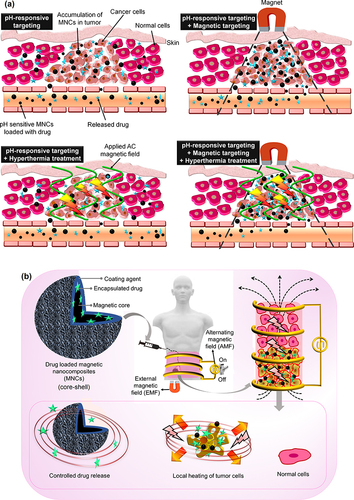Figures & data
Table 1 Categories of Magnetism Materials and Their Characteristics
Figure 1 (a) Schematic of popular methods for synthesis of MNPs, (b) Representation of the principle of nanoparticle nucleation due to LaMer’s mechanism of (sulfur) nucleation.Citation67,Citation68 (c) MHT using MNCs for different biomedical applications.Citation70

Table 2 Various Methods for Synthesis of MNPs
Table 3 Various Polysaccharides Utilized in Composites
Figure 2 Inorganic and organic materials and their properties regarding their use as functionalizing and coating agents for the synthesis of MNCs.Citation163
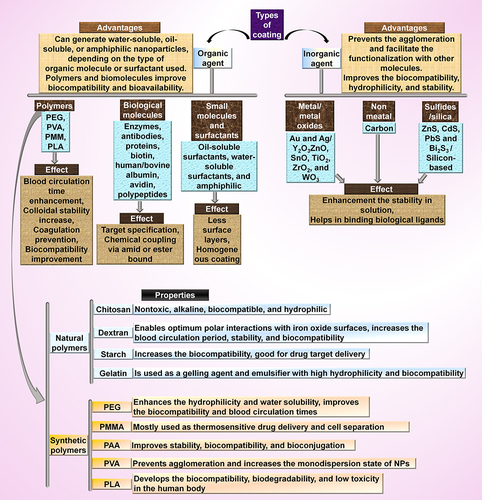
Figure 3 Different coating structures for synthesis of MNCs and common shapes of the magnetic core.Citation171
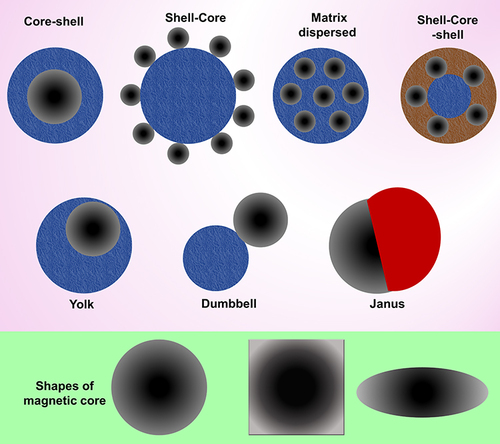
Figure 4 TEM morphologies and size distribution of (A) Fe3O4 NPs and (B) PMNCs of Fe3O4@C. (C) Raman spectrum, (D) XRD, (E) FTIR spectrum (F), TGA curves, and (G) Ms of Fe3O4 and Fe3O4@C.Citation136
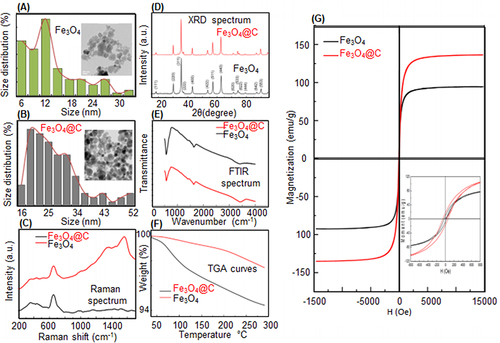
Figure 5 (a) Schematic presentation of thermal dissipation process (Néel and Brownian relaxation processes) from MNCs under AMF.Citation188,Citation189 (b) The SAR value of MNPs related to (i) Ms, (ii) K, and (iii) particle size (r) with SLP, respectively.Citation188,Citation189 (c) Illustration of different methods for hyperthermia treatment.Citation190
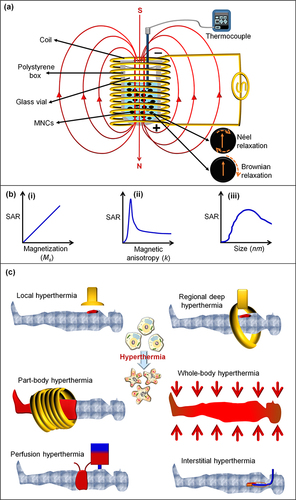
Table 4 Overview of the Recent Studies on SAR Values of MNPs, MNCs, and PMNCs with Respect to Size, Morphology, and Factors Used in Magnetic Hyperthermia Analysis
Table 5 Overview of Some Recent in vitro Studies on MNCs for MHT and Targeted Drug Delivery Systems
Figure 6 TEM images of (a) SPIONs, (b) SPION@CA, (c) SPION@CA-Dox, and (d) SPION@CA-epirubicin.Citation233 (e) TEM image and the particle size distribution analysis of DOX-Fe3O4@agar, (f) Magnetic strength of Fe3O4 and DOX-Fe3O4@agar, (g) Drug release profiles of DOX-Fe3O4@agar at pH 7, (h) The SAR values and temperature achieved by Fe3O4, DOX-Fe3O4@agar, and DOX-Fe3O4@agar in HT-29 cells under applied AMF (applied field = 400 A, frequency = 250 kHz), (i) Schematic of effects of DOX-Fe3O4@agar for eliminating HT-29 cancer cells under hyperthermia, (j) fluorescence microscopy images of HT-29 cells after 1-hr of incubation with DOX-Fe3O4@agar, and (k) Cell survival of HT-29 cells treated by DOX-Fe3O4@agar with and without MHT.
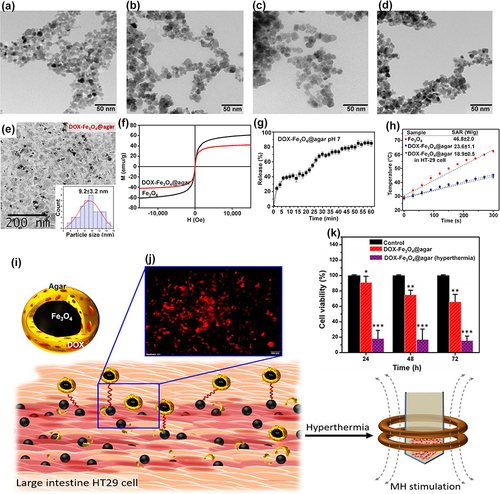
Table 6 The in vivo Studies on MNCs for MHT and Targeted Drug Delivery
Figure 7 (a) Interaction of BMNPs with 4T1 cells in the presence/absence of a continuous gradient magnetic field analyzed at TEM, micrographs of the cells incubated with the 100 µg/mL of BMNPs for different periods of time. The micrographs are representative of alternate serial cuts of the cell pellets of each sample. Scale bar, 5 µm. (b) In vivo antitumor activity of BMNPs under the influence of AMF, Images were captured using a thermic camera of a representative mouse without (left) and with (right) injected BMNPs during AMF treatment. Note the different colors within the circle on the backside of the mouse.Citation284
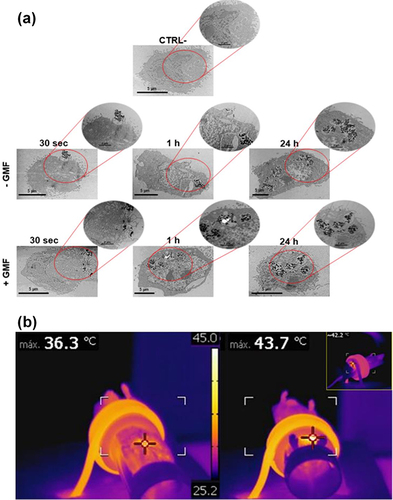
Figure 8 (a) Schematic of pH, magneto, and thermo-responsive drug delivery systems using drug-loaded MNCs. (b) The schematic of prospective use of drug-loaded MNCs for hyperthermia and magnetic targeted cancer therapy.Citation220,Citation318
